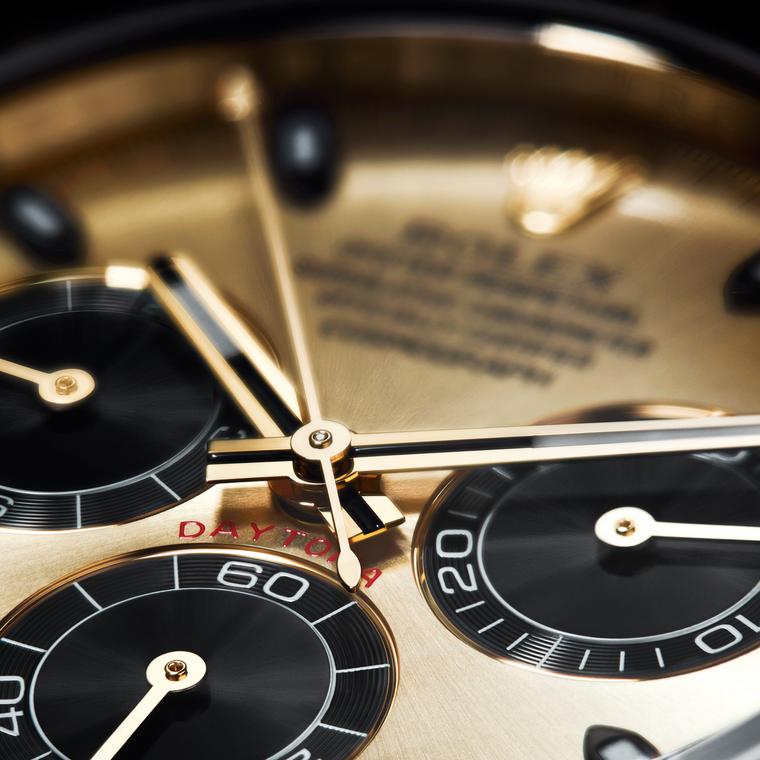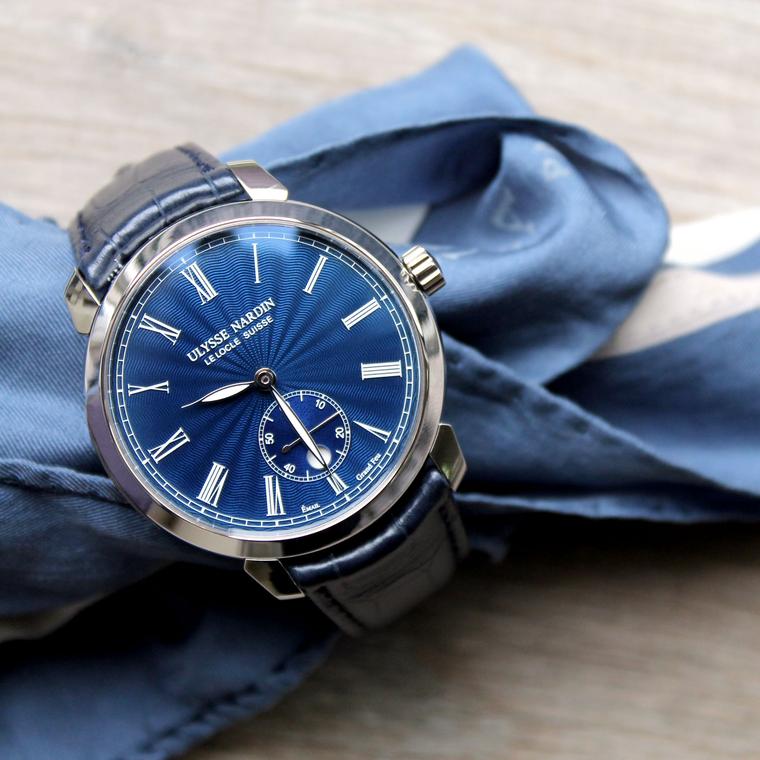There are watches, and then there are watches. Intellectual watches, accompanied by manuals of biblical proportions, are the fantasy of erudite horophiles and, basically, the more complications and horological convolutions, so much the better.
The difficulty, of course, is getting your hands on these rarities and rivalries have emerged among collectors to obtain the most complex models. One of the most famous horological battles was waged between American magnates Henry Graves Jr. and James Ward Packard, which culminated in the creation of Patek Philippe’s 1925 Supercomplication pocket watch, the most complicated watch of its day with 24 complications, sold for a cool $24 million at Sotheby’s auction in Geneva, 2014.
Fast forward to the 21st century and the passion for miniaturising complexity is still going strong like this unique model from Vacheron Constantin’s bespoke workshop known as Les Cabinotiers, where the word ‘impossible’ does not exist. Packed with 23 complications - one less than Patek’s Supercomplication and 34 less than Vacheron’s current heavyweight Ref. 57260, the world’s most complicated pocket watch with 57 complications - the Celestia Astronomical Grand Complication 3600 packs its might into a 45mm white gold wristwatch case.
The Celestia took one dedicated watchmaker five years to build and offers time indications on its twin dials in civil, solar and sidereal modes, each driven by its own gear train and powered by six barrels for three weeks of autonomy. Civil time - the universally recognised principle that the Sun completes one full turn around the equator every 24 hours - and solar time - based on the visible trajectory of the Sun in a day expressed through its hour angle - are both displayed on the front dial.
Sidereal time, or astronomical time, is read off on the back of the watch and displayed on two superimposed sapphire discs. Technically regarded as an astronomical time scale based on the Earth’s rate of rotation measured with respect to the apparent motion of the ‘fixed’ stars as observed from a local meridian. Sidereal time differs from mean time by approximately four minutes per day, meaning that 24 sidereal hours correspond to 23 hours, 56 minutes and 4 seconds of civil time.
The movement keeping this wondrous mechanism in motion is calibre 3600. Comprised of 514 parts to control more than 20 functions and provide the watch with a three-week power reserve, calibre 3600 measure is just 8.7mm thick, a genuine tour de force.
If this has got your grey matter excited, just look at all the goodies packed into this remarkable watch, including an equation of time mechanism, a perpetual calendar with Moon phases, day/night indication, sunrise and sunset times, day and night lengths, seasons, solstices, equinoxes and zodiacal signs, tide level indicator, Sun-Earth-Moon conjunction...and the list goes on.














